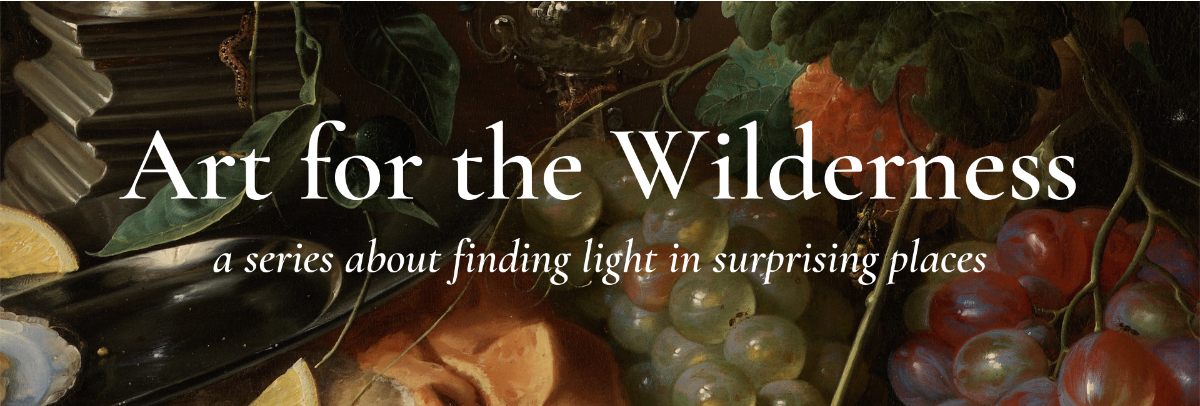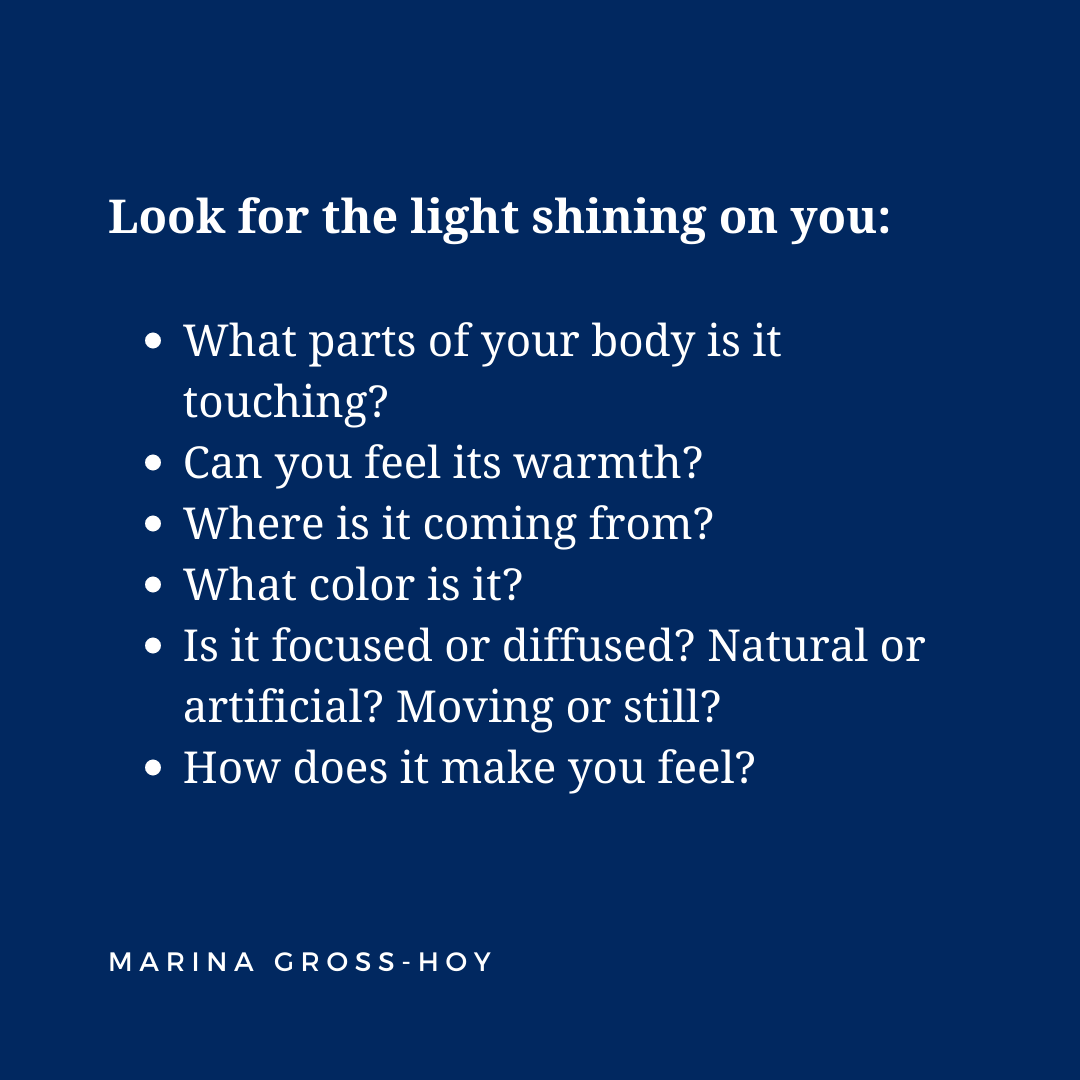Art for the Wilderness 6: When You Are Nothing but Darkness
Painting with black and light
This seven-week series explores what we can learn about navigating the wilderness from artists who engage with difficult experiences through their art.
Hello friend,
This week, we will sit with an artist who paints all in black.
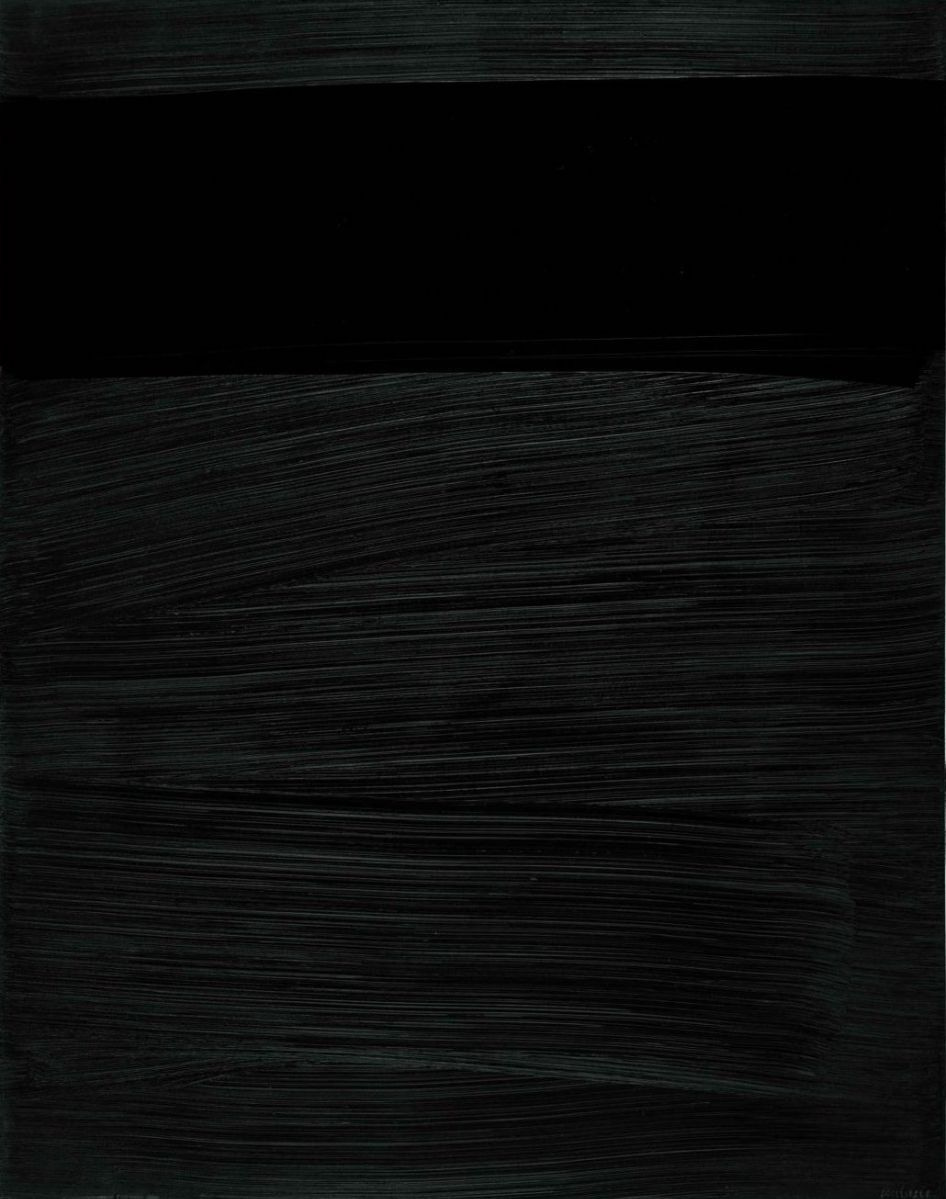
Pierre Soulages is famous for his large-scale black paintings. He applies the paint to the canvas in thick layers (a technique known as impasto), creating raised textures that feel almost sculptural.
The artist calls these paintings outrenoir, a term he invented that means 'beyond black'. They were born in a moment of epiphany in 1979: Soulages was working with black paint when he noticed that “reflected light had been transformed and transmuted by the black surface. When I realized that light can emanate from the color which has the biggest absence of light, I was both perturbed and profoundly moved."
So while these paintings are completely black, the grooves and bumps that mark the surfaces catch the light, creating movement and nuances in color. The reflections of light become a material in their own right. They are a living part of the artwork that change based on the sources of light in the room, the texture of the paint, and the perspective of the viewer.
Soulages uses black to paint with light.
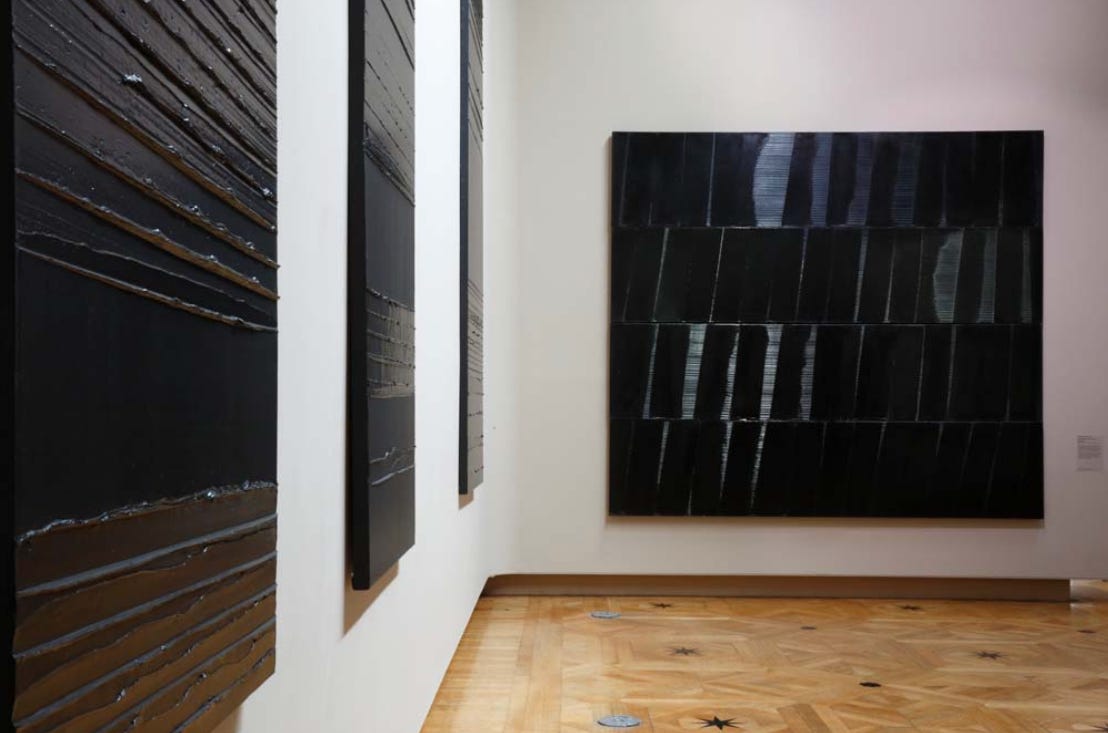
The first time I saw a painting by Soulages was in a dark season of my life. It was in December of my junior year abroad in the south of France, and even the ubiquitous Provençal sun couldn't burn through my depression. I was so tired from the effort of keeping my head above water.
My host university's art history club had organized a field trip to a museum in Montpellier. As we rounded the corner of the Soulages galleries, we were met with rows of huge black paintings suspended by wires from the ceiling. I walked up close to a canvas near me; broad horizontal stripes had been worked into the thick paint. I was surprised at how the light played off the surface differently depending on where I stood, somehow creating movement and luminosity in the midst of deep blackness.
Yes, I thought. That is how it works.
Because sometimes darkness and light must co-exist. Like when you're in that lag time between the work of caring for yourself in a dark night of the soul—therapy and support systems and reduced expectations—and the actual relief. It can feel impossible to find a way through.
But Soulages's paintings show us how, like the moon, we don't have to be our own source of light. We can just let our darkness be—trusting that something will meet us in our inky hopelessness.
When we are swallowed up by darkness, we do not have to know how to dig our way out. All we have to do is hold on tight, letting the light do its work on the intimate textures of our despair.
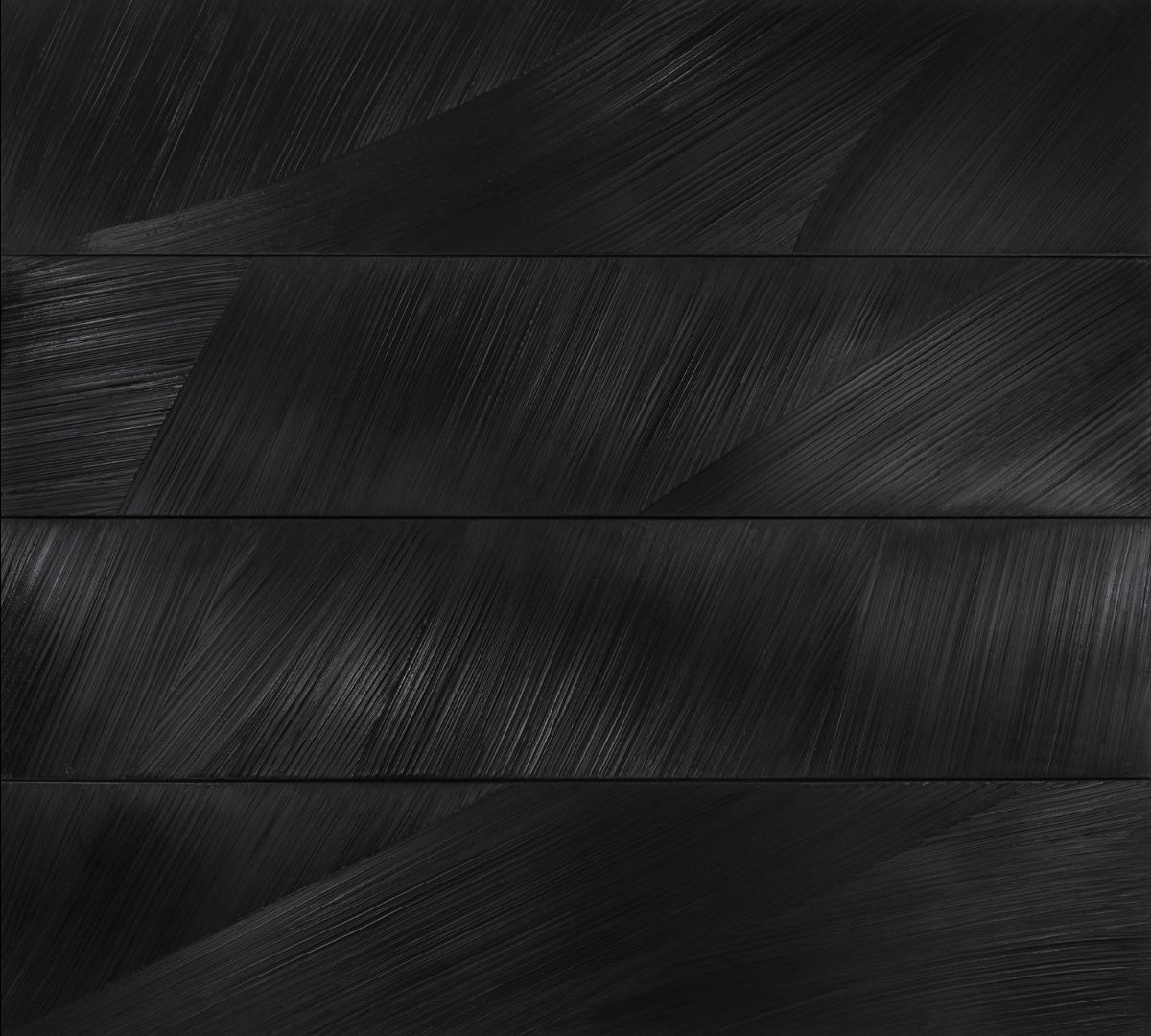
This week, I invite you to open your eyes to the light shining on you, especially when things feel dark. You don’t need to do anything, just let the light do its work. See it reaching out to you, caressing your skin, brushing your cheeks, warming your hands.
This week, I burst into tears three times over the course of a day. There was no big reason, just a current of sadness that found a few cracks in the surface to pour through. Three times that day I was overwhelmed by a flash of despair that rose up in my body like an inflammatory reaction.
Each time, I remembered this practice and looked for where the light was hitting me. In the car, the sun was warming my hands on the steering wheel; outside the dentist's office, it blinded me as it reflected off a window; in the shower, the diffused light evenly covered my arms. And each time, I was lifted out of my ruminating thoughts and brought back to the surface of my life in the present moment. I opened my eyes and saw that I was literally covered with light.
My despair was there, but this was here, too. This light, illuminating the textures of my body and the world around me, was here to meet me. I was not alone. My despair was not the only true thing.
The final installment of Art for the Wilderness will be sent out next Sunday.
Remember, even in our darkness, there is light that comes to meet us.
Warmly,
KEEP EXPLORING
Pierre Soulages is currently 102 years old, and the Louvre recently put on an exhibition of his work to celebrate his 100th birthday—an occasion for which he created new paintings!
Soulages was invited to design unique stained glass windows for a Romanesque church in the south of France
Learn more about the impasto technique in painting, and see a 3D model of the thick paint on the surface of Van Gogh's The Starry Night
~
If you need immediate help: https://twloha.com/find-help/24-hour-helplines/ (you are not alone)
Next post (Week 7: Saying True Things) →
← Previous post (Week 5: That Instinct to Protect Your Body and Heart)




